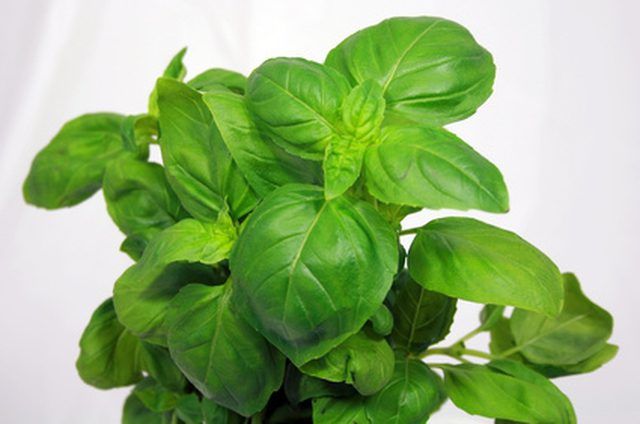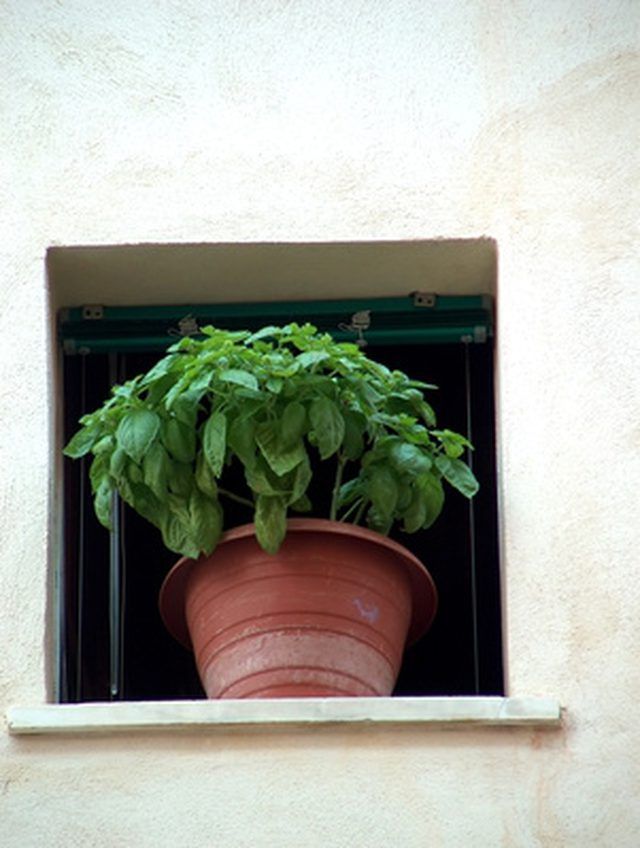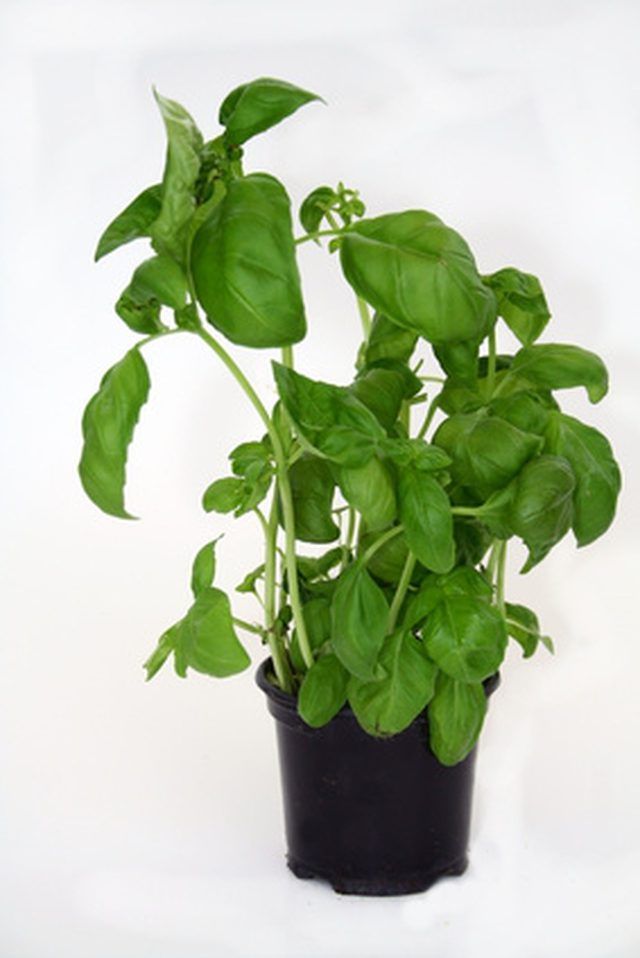Bulbs
Flower Basics
Flower Beds & Specialty Gardens
Flower Garden
Garden Furniture
Garden Gnomes
Garden Seeds
Garden Sheds
Garden Statues
Garden Tools & Supplies
Gardening Basics
Green & Organic
Groundcovers & Vines
Growing Annuals
Growing Basil
Growing Beans
Growing Berries
Growing Blueberries
Growing Cactus
Growing Corn
Growing Cotton
Growing Edibles
Growing Flowers
Growing Garlic
Growing Grapes
Growing Grass
Growing Herbs
Growing Jasmine
Growing Mint
Growing Mushrooms
Orchids
Growing Peanuts
Growing Perennials
Growing Plants
Growing Rosemary
Growing Roses
Growing Strawberries
Growing Sunflowers
Growing Thyme
Growing Tomatoes
Growing Tulips
Growing Vegetables
Herb Basics
Herb Garden
Indoor Growing
Landscaping Basics
Landscaping Patios
Landscaping Plants
Landscaping Shrubs
Landscaping Trees
Landscaping Walks & Pathways
Lawn Basics
Lawn Maintenance
Lawn Mowers
Lawn Ornaments
Lawn Planting
Lawn Tools
Outdoor Growing
Overall Landscape Planning
Pests, Weeds & Problems
Plant Basics
Rock Garden
Rose Garden
Shrubs
Soil
Specialty Gardens
Trees
Vegetable Garden
Yard Maintenance
Why Is Your Basil Plant Turning Brown?
Why Is Your Basil Plant Turning Brown?. More than 150 varieties of basil can be found, but all of them have similar characteristics and can be grown under the same conditions. Basil is one of the more aromatic herbs used in cooking but can also be very attractive in a garden. For example, purple basil makes a beautiful ornamental plant with its...

More than 150 varieties of basil can be found, but all of them have similar characteristics and can be grown under the same conditions. Basil is one of the more aromatic herbs used in cooking but can also be very attractive in a garden. For example, purple basil makes a beautiful ornamental plant with its dark purple leaves and edible flowers, while Italian basil, the most common variety usually found in grocery stores, is used to make pesto.
Characteristics of Basil
Basil is an annual plant that needs hot weather to thrive. Seeds and transplants should only be planted in the spring, when the weather is not going to fall below 50°Fahrenheit. Plants should be fertilized moderately with nitrogen and harvested in the summer. Basil also grows very well in pots, but a drainage hole at the bottom of the container is absolutely necessary. These steps ensure that the basil plant will grow into a lush green bush.
Planting Basil
When planting basil seeds, be certain to barely cover the seed with the soil mixture. For transplants, place them into holes in the soil about 6 inches deep. Sometimes, when transplants are being transferred to their permanent homes, the roots may turn brown from "shock." Once the plant grows accustomed to its environment, the roots will return to their normal color.
Not Enough Sun
Basil is extremely sensitive to cold, and the leaves can turn brown if it does not receive enough sun. This herb should not be planted outside until the danger of frost has completely passed. Basil plants also require full sun to grow, and although they can grow on a windowsill, the part of the plant turned away from the window and not getting direct light can suffer. Basil should be planted in a very sunny but sheltered spot so that it can receive the maximum amount of sunlight without the chill of the wind.

Too Much Water
Basil should be well-watered in the middle of a hot summer, but too much water can also cause the roots to rot and the leaves to turn yellow and then brown. The soil of the plant should remain moist, but not soggy. Basil can become pungent and bitter if not well-watered, but it can drown in too much water. Plants should only be watered when the soil is dry and not necessarily on a daily basis.
Container Size
If basil leaves are turning brown while being grown in a container, the pot may be too small. There may not be enough drainage in the soil, causing the roots to drown in moisture. Basil has extremely long roots and requires a large container in order for them to stretch. A small pot confining the large roots will cause them to drown in the water at the bottom. If basil is to be grown in a pot, it should be at least 8 inches in diameter and 10 inches deep.
